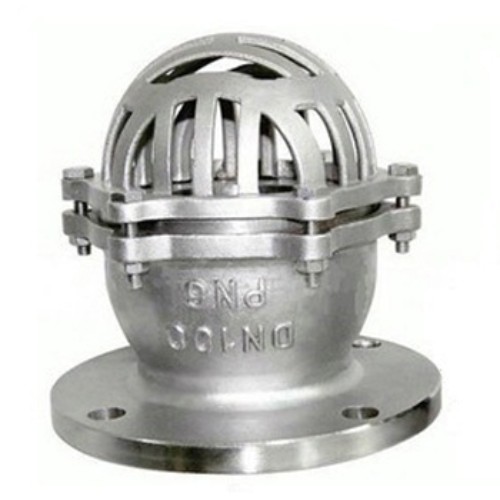100mm foot valve
Understanding the 100mm Foot Valve Functionality and Applications
Foot valves are essential components in various fluid management systems, particularly in pumps and irrigation setups. A 100mm foot valve specifically denotes the size of the valve, with a diameter of 100 millimeters. This dimension positions it as an important part of systems requiring substantial water flow, making it a popular choice in agricultural, industrial, and municipal applications.
The primary purpose of a foot valve is to maintain the prime of a pump in a suction line. When installed at the bottom of a suction pipe, it prevents the backflow of fluid when the pump is not in operation. This backflow prevention is crucial as it ensures that the pump retains its priming capacity, reducing the need for frequent re-priming and thus increasing operational efficiency.
Constructed from various materials such as brass, stainless steel, or PVC, the choice of material often depends on the specific application and the nature of the fluid being pumped. For example, a stainless steel foot valve may be preferred for corrosive liquids due to its durability and resistance to rust. On the other hand, PVC might be a cost-effective choice for freshwater applications.
The design of a 100mm foot valve typically includes a cover, a strainer, and a spring-loaded mechanism. The strainer prevents debris and large particles from entering the valve and damaging the pump. This is especially important in agricultural settings where water sources may contain dirt and organic matter. The spring-loaded feature allows the valve to close securely, preventing drainage and ensuring that the pump can function efficiently.
100mm foot valve

In terms of installation, it's crucial that the foot valve is positioned appropriately at the desired depth in the fluid source. The depth will affect the valve's efficiency; if placed too shallow, it may not effectively prevent air ingress, which can lead to pump cavitation, a phenomenon that can severely damage the pump over time. Conversely, an adequately submerged foot valve can ensure optimal performance.
Foot valves are widely used in various industries. In agriculture, they are commonly utilized in irrigation systems to ensure constant water supply for crops. In construction, they are employed in dewatering processes to remove accumulated water from excavation sites. Municipal water systems also rely on foot valves to maintain pressure and ensure the reliability of water delivery.
Regular maintenance of foot valves is essential to ensure their longevity and proper functioning. This involves checking for wear and tear, ensuring that the strainer is clean, and verifying that the spring mechanism operates smoothly. Neglecting maintenance can lead to issues such as clogging, leaks, or even complete failure of the valve.
In conclusion, a 100mm foot valve is a vital component in many fluid management systems. Its ability to prevent backflow, maintain pump priming, and protect against debris makes it indispensable in various applications. Whether in agriculture, construction, or municipal services, the role of a foot valve cannot be understated, as it contributes significantly to the efficiency and effectiveness of fluid transport systems.
-
The Key to Fluid Control: Exploring the Advantages of Ball Valves in Industrial SystemsNewsJul.09,2025
-
The Versatile World of 1, 2, and 3 Piece Ball ValvesNewsJul.09,2025
-
Stainless Steel Ball Valves: The Ideal Choice for Efficient Flow ControlNewsJul.09,2025
-
Optimizing Fluid Control with Ball Float ValvesNewsJul.09,2025
-
Manual Gate Valves: Essential for Control and EfficiencyNewsJul.09,2025
-
Everything You Need to Know About Butterfly ValvesNewsJul.09,2025
-
The Versatility of Wafer Type Butterfly ValvesNewsJul.08,2025




